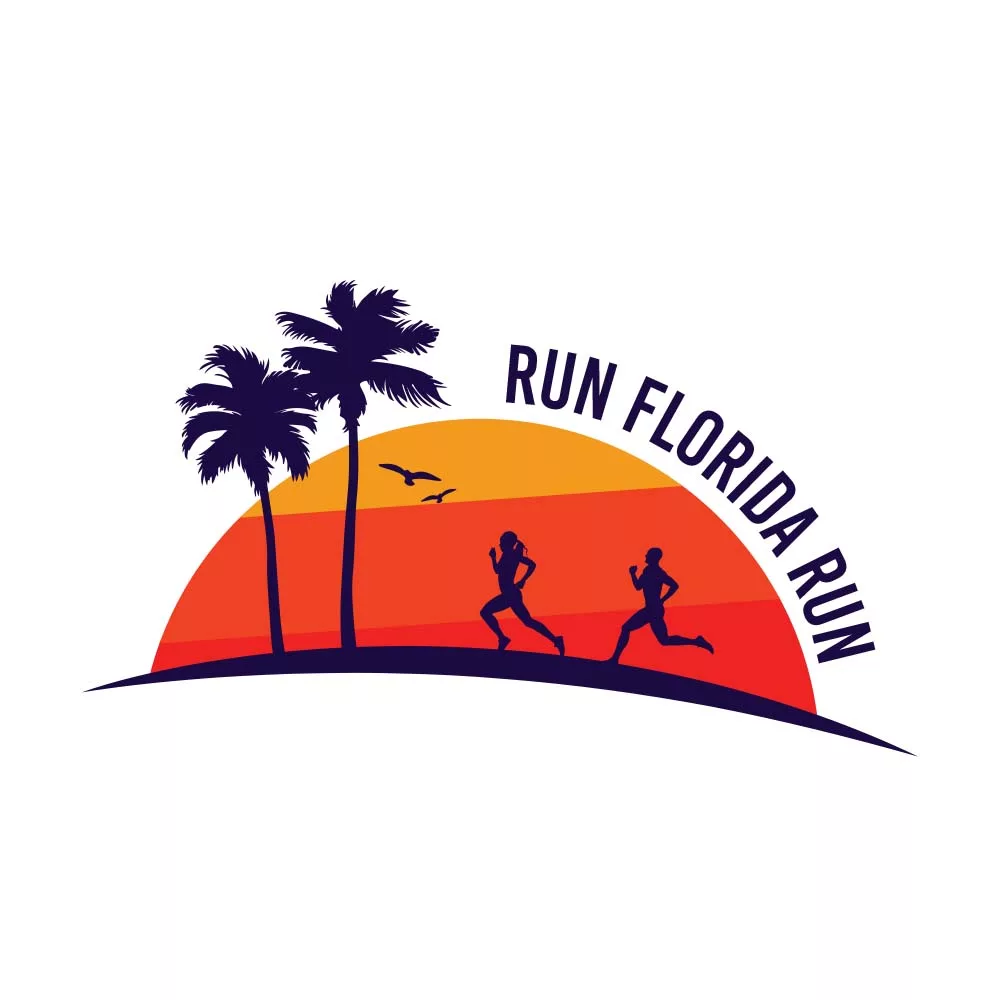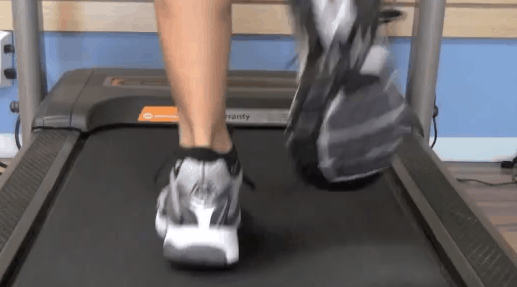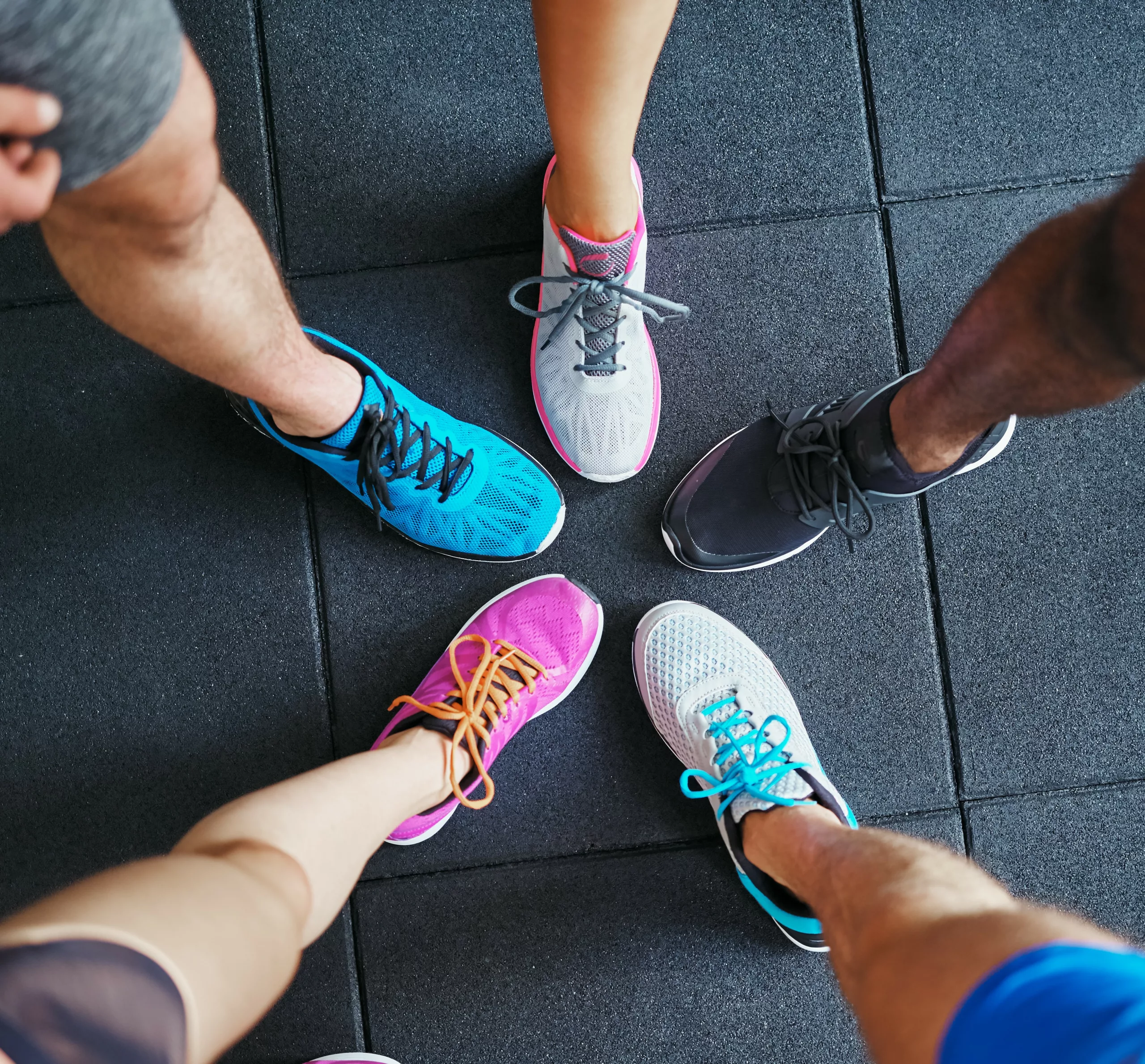A great pair of running socks is an essential part of any runner’s gear kit. With the variety of options available today, choosing the best socks for your specific needs and preferences ensures your feet stay comfortable, blister-free, and performing at their best. This guide covers the key features to look for and types of running socks to help you select the ideal pair.
Cushioning Level
The amount of cushioning is one of the most important factors in a running sock. Thicker cushioning absorbs shock, reduces fatigue and protects feet on long distances. Thinner socks allow for greater ground feel and flexibility. Three main cushioning levels exist:
Minimalist – minimal cushioning for maximum ground feel
Light Cushion – thin, lightweight construction with some added cushioning
Maximum Cushion – thickest, ultra-soft cushioning for shock absorption and comfort
Determine your cushioning needs based on the type of runs and shoes you use most frequently. More cushioning benefits longer distances and recovery days, while less cushioning promotes ground feel crucial for speedwork.
Construction Material
The fabric socks are constructed from affects their fit, feel and functionality. Common materials include:
Polyester – durable, breathable, moisture-wicking and quick drying
Wool – naturally moisture-wicking and antimicrobial to minimize odor
Cotton – soft and comfortable but retains moisture and dries slowly
Synthetic blends – combine properties like wicking of polyester and softness of cotton
Select a material suited for your running environment. Wool and synthetic blends regulate temperature well. Polyester excels at wicking and drying. Cotton provides softness for recovery.
Sock Height
Running socks come in a variety of heights including:
No-show – sit below the ankle bone, ideal for low-cut shoes
Quarter/Ankle – hit just above the ankle bone, offering some lower leg coverage
Mini Crew – extend beyond the ankle up the calf, providing added compression
Crew – rise mid-calf for maximum coverage and support
Determine the ideal sock height based on your shoes – low-cut socks for low-cut shoes – and how much compression you desire. Crew socks provide the greatest stability and support.
Toe Seam Construction
Toe seams can lead to irritation, blisters and black toenails. Construction options include:
Seamless – no seams around the toe box for complete comfort
Hand-linked seam – minimizes thickness and irritation across toe joints
Flat seam – thinner, flat seam construction to prevent rubbing and blisters
Look for seamless or flat seams across toe boxes if you are prone to blisters or abrasions on your toes during runs. Thick, prominent toe seams should be avoided.
Fit/Compression
The ideal running sock offers a snug, secure fit without being uncomfortably tight. Compression socks improve circulation and reduce muscle vibration. Features aiding fit include:
Arch support – snug midfoot fit and arch band to keep the sock in place
Ankle cuffs – elasticized cuffs prevent sliding into shoes
Compression – graduated pressure improving blood flow and reducing fatigue
A sock that stays put without sliding or bunching enhances comfort on the run. Targeted compression helps stabilize muscles.
Padding/Protection
Added padding and protection in key zones guard against blisters and impact:
Padding – around the heel, toe, sole, and forefoot defends against friction
Reinforcement – dense weave or double layer fabric over toes and heels for durability
Reflectivity – reflective threads or prints improve visibility in low-light conditions
Extra padding and reinforcement in the most vulnerable areas boost comfort and longevity. Reflective accents keep feet safe when running in darkness.
Moisture Wicking
Keeping feet dry is crucial to healthy running. Effective moisture management features include:
Moisture-wicking fabrics – polyester and wool whisk sweat away from the skin
Mesh panels – mesh construction enhances ventilation and airflow
Odor control – antimicrobial materials reduce bacterial buildup and odors
Well-ventilated, quick-drying fabrics and odor-fighting technologies keep feet cool, fresh, and focused on the miles ahead.
Specialized Running Sock Types
Injury Prevention Socks
Targeted features to prevent common running ailments include:
Blister Protection – silicon dots or anti-friction liners minimize hot spots
Plantar Fasciitis – arch support and compression ease plantar fasciitis pain
Achilles/Ankle – extra padding at the heel and ankle prevent chafing at the ankle bone
Shin Splints – targeted compression provides relief from shin splints
Injury prevention socks shield vulnerable areas like the heel and ankle from friction and aggravation.
Cold Weather Running Socks
Running socks designed for cold climes include:
Wool content – wool retains insulating warmth even when wet
Tall crew height – extra coverage for warmth and wind resistance
Thick cushioning – retains heat and protects feet from the cold ground
Fleece lining – interior fleece maintains cozy warmth
Cold-weather socks utilize wool, fleece, and extra height/cushioning to lock in heat. These features allow for comfortable winter mileage.
Finding Your Perfect Pair
Keep these key features and choices in mind as you shop for running socks. Test different styles while training to dial in the height, cushioning, and materials ideal for your feet and running. Don’t neglect these important fundamentals that keep your feet happy mile after mile!
See Also:
THE RIGHT SHOES FOR YOUR UNIQUE RUNNING STYLE
Staff Picks
Compression
The CEP Compression Run Socks are innovative activewear designed to enhance athletic performance. Made from 83% polyamide and 17% elastane, these tall compression socks provide precise 20-30mmHg graduated compression to increase circulation and oxygen delivery to muscles. The compression wraps the leg over 400 times and molds to your feet without restricting toes to reduce blisters. With a comfortable halo top-band and front ribbing to reduce irritation, you’ll maintain full range of motion mile after mile. CEP’s advanced compression technology helps increase endurance, reduce fatigue, and improve recovery.




